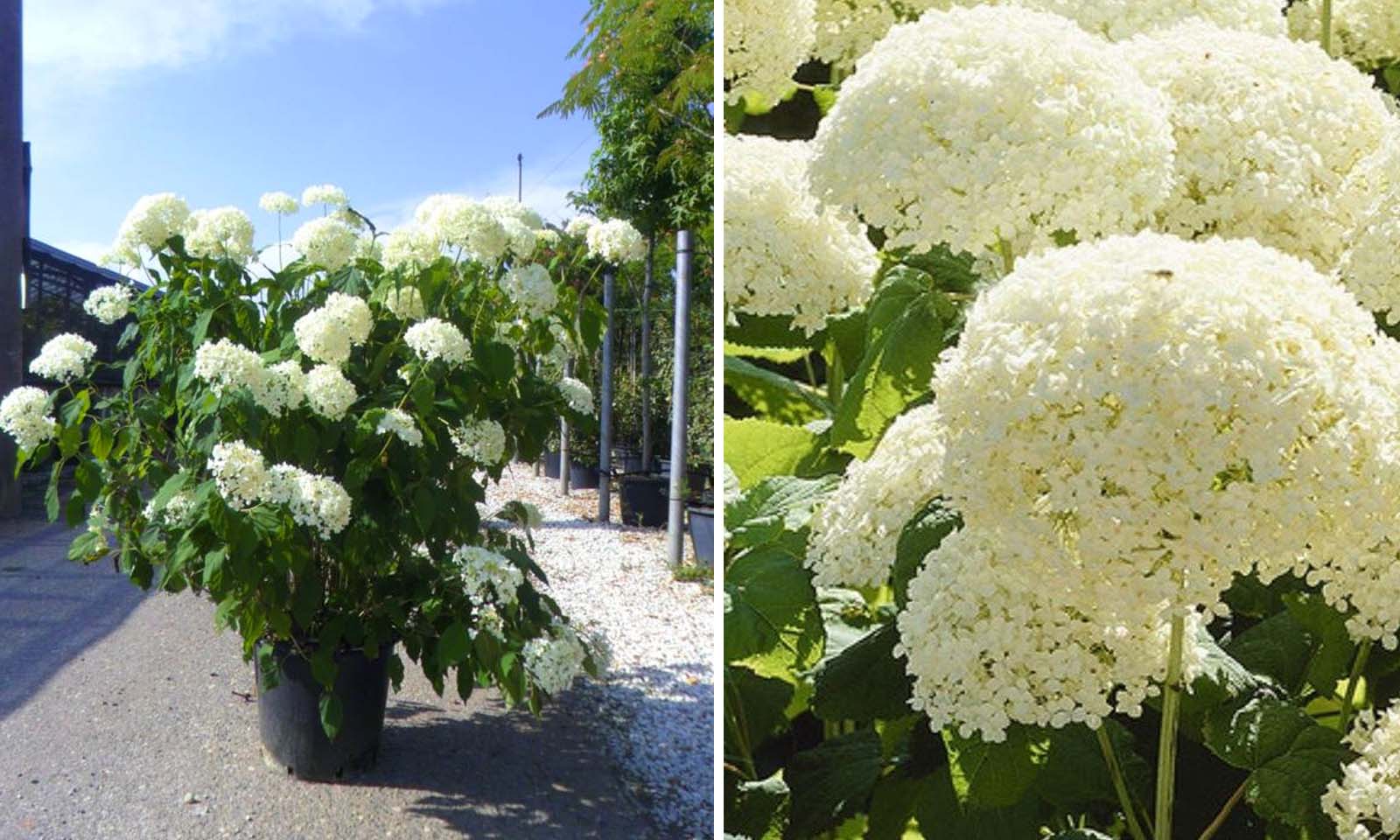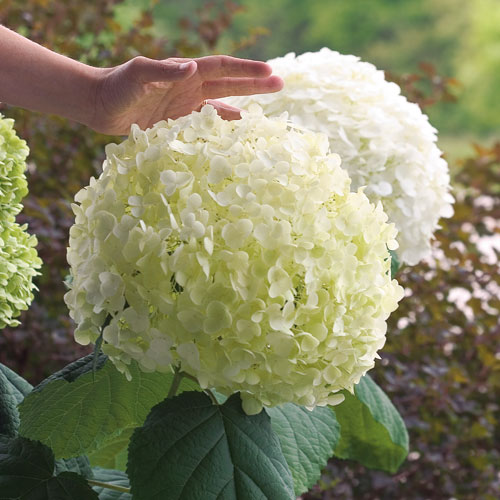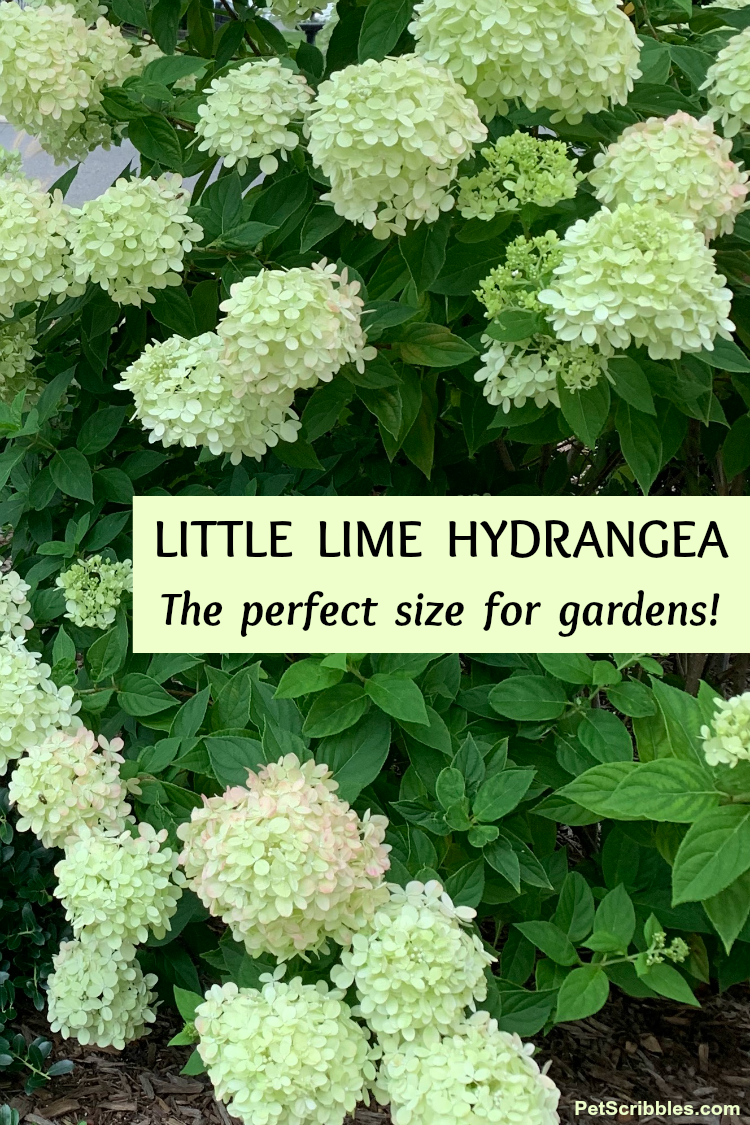Giant Hydrangeas: The Showstopping Plants That Will Make Your Garden Bloom
Giant Hydrangeas: The ShowStopping Plants That Will Make Your Garden Bloom
Hydrangeas are one of the most popular flowering shrubs in the world, and for good reason. They come in a wide variety of colors, sizes, and shapes, and they can add a touch of elegance and beauty to any garden. But if you're looking for a truly show-stopping hydrangea, you'll want to consider planting a giant hydrangea.
Giant hydrangeas are a type of hydrangea that can grow to be up to 10 feet tall and wide. They produce massive flower heads that can be up to 2 feet in diameter. The flowers can be a variety of colors, including blue, pink, white, and purple.
Giant hydrangeas are not as difficult to care for as you might think. They prefer moist, well-drained soil and partial shade. They should be fertilized in the spring and summer, and they should be pruned in the fall.
If you're looking for a hydrangea that will make a big statement in your garden, a giant hydrangea is a great option. They are easy to care for and they will provide you with years of enjoyment.
Here are some of the benefits of planting giant hydrangeas in your garden:
- They are a great way to add color and interest to your garden.
- They are relatively easy to care for.
- They can grow to be very large, making them a focal point in your garden.
- They are deer-resistant, so you don't have to worry about them being eaten by pests.
If you're thinking about planting giant hydrangeas in your garden, here are a few things to keep in mind:
- Choose a location that gets partial shade.
- Make sure the soil is moist and well-drained.
- Fertilize the hydrangeas in the spring and summer.
- Prune the hydrangeas in the fall.
With a little care and attention, giant hydrangeas will thrive in your garden for years to come.
Here are some of the most popular varieties of giant hydrangeas:
- Annabelle: This variety is known for its large, creamy white flowers.

- Invinciball: This variety is similar to Annabelle, but it has a slightly more compact growth habit.

- Limelight: This variety has lime green flowers that turn pink in the fall.
- Endless Summer: This variety is known for its long bloom period, which can last from spring to fall.
- Little Lime: This variety is a dwarf version of Limelight, and it only grows to be about 3 feet tall.

No matter which variety you choose, giant hydrangeas are sure to add a touch of beauty and elegance to your garden. So what are you waiting for? Plant a giant hydrangea today!
If you're looking for a truly stunning flower, look no further than the giant hydrangea. These massive blooms can grow up to 6 feet in diameter, and they come in a wide variety of colors, including blue, pink, white, and purple.
Giant hydrangeas are native to Japan, but they can be grown in many parts of the world. They prefer full sun and moist, well-drained soil. With proper care, giant hydrangeas can live for many years and will reward you with their beautiful blooms each summer.
If you're interested in learning more about giant hydrangeas, I recommend visiting . This website has a wealth of information on the history, care, and cultivation of these amazing flowers.
FAQ of giant hydrangea
1. What is a giant hydrangea?
A giant hydrangea is a type of hydrangea that can grow up to 12 feet tall and wide. It is characterized by its large, showy flowers that can be pink, blue, or white. Giant hydrangeas are a popular choice for landscaping because they are relatively easy to care for and provide a dramatic focal point in the garden.
2. How do I care for a giant hydrangea?
Giant hydrangeas need full sun to partial shade and well-drained soil. They should be watered regularly, especially during the summer months. Giant hydrangeas also benefit from a light application of fertilizer in the spring.
3. What are the different colors of giant hydrangeas?
The color of giant hydrangea flowers can vary depending on the pH of the soil. In acidic soil, the flowers will be blue. In alkaline soil, the flowers will be pink. In neutral soil, the flowers will be white.
4. How do I change the color of my giant hydrangea flowers?
If you want to change the color of your giant hydrangea flowers, you can adjust the pH of the soil. To make the flowers blue, add sulfur to the soil. To make the flowers pink, add lime to the soil.
5. What are some pests and diseases that can affect giant hydrangeas?
Giant hydrangeas are susceptible to a few pests and diseases, including aphids, scale, leaf spot, and powdery mildew. These pests and diseases can be treated with insecticidal soap, neem oil, or fungicide.
Image of giant hydrangea
5 different images of giant hydrangeas from Pinterest:
- Macro shot of a giant hydrangea flower. The flower is a deep blue color and is surrounded by lush green leaves.
- A row of giant hydrangeas in full bloom. The hydrangeas are white and pink and are planted in a row along a walkway.
- A giant hydrangea bush in a garden. The bush is covered in large, pink flowers and is surrounded by other flowering plants.

- A close-up of a giant hydrangea leaf. The leaf is a deep green color and is covered in small hairs.

- A bouquet of giant hydrangeas. The hydrangeas are a mix of blue, pink, and white colors and are arranged in a vase.


Post a Comment for "Giant Hydrangeas: The Showstopping Plants That Will Make Your Garden Bloom"